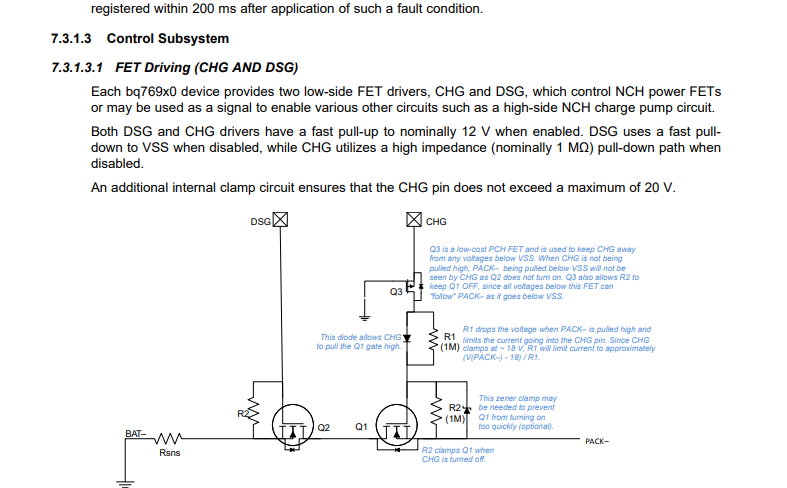Hi,
Please share significance of pull down resistor and zener across it in charge side mosfet, because wanted to know when to increase resistor value beyond 1mega Ohm ? What happens when we change value to 25mega ohms , some application works well and some do not. SO please share why it i s1 mega ohm only and when to decrease it or when to increase it ?
Sharing its image for quick reference:-


